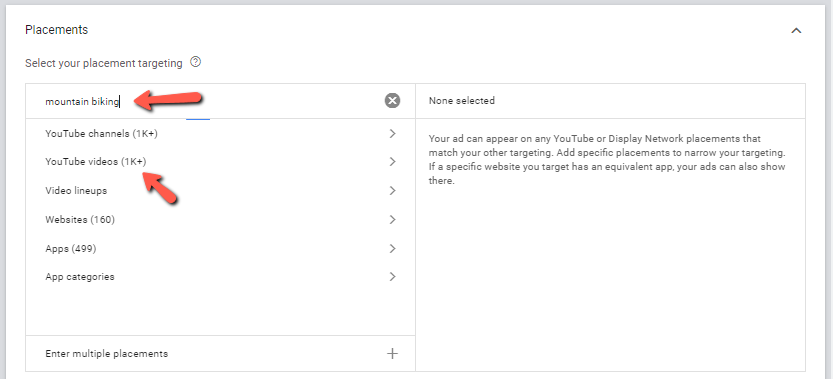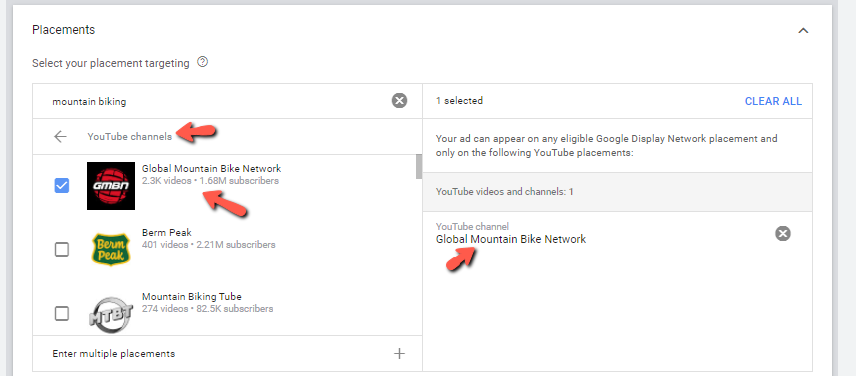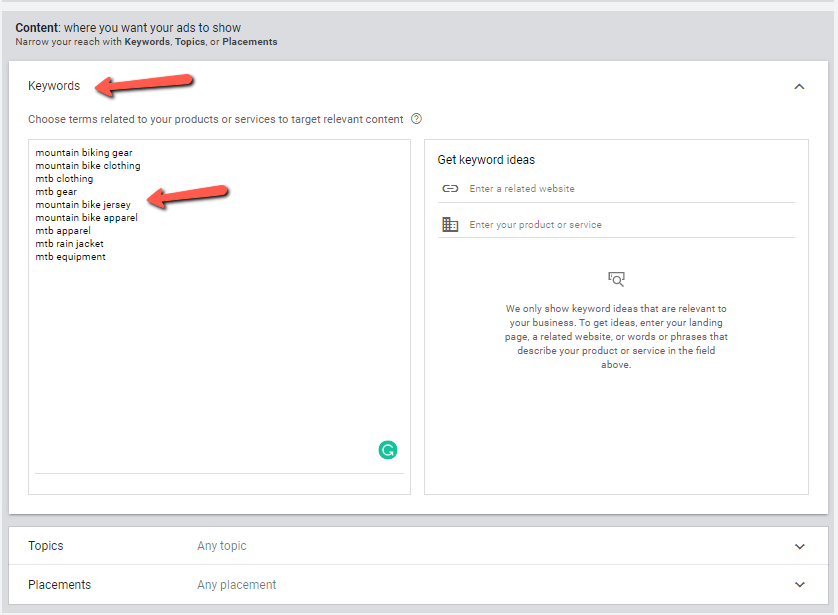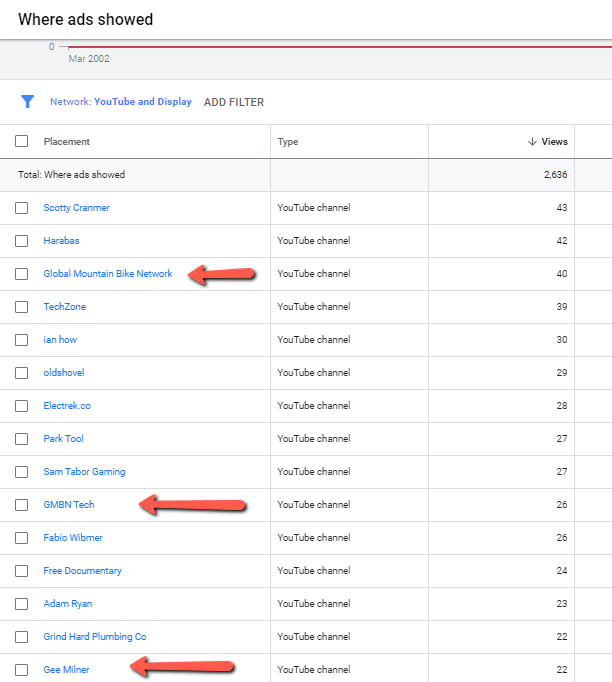4 Ways To Find The Right YouTube Videos To Target With Your Ads
YouTube can be kind of a dangerous place to advertise if you don’t know what you’re doing. Why is that? Well…consider this…
As of this writing, there are about 720,000 hours of new video content uploaded to YouTube every day(!!!), and that content varies widely. What’s more, the audiences watching that content varies wildly. Personally, I watch everything from dumb Family Feud answers to sports talk shows to videos that help me better understand the Bible. Quite a variety.
When an advertiser goes to create video campaigns in their Google Ads account to run on YouTube, this variety makes it ultra-important to consider how ads are targeted. If you don’t, you just may end up showing your video to a TON of people you don’t really want to in the hopes that you’d get in front of some of those you do. Sure, if you just want to get your video ad out there to anybody that’s interested in anything, then you don’t have to care much about your targeting. But aside from huge companies with huge marketing budgets, who wants that?
Remember that YouTube users pick videos to watch primarily based on what they search for or what is recommended to them by the platform – based on their past viewing history. This means you can use the content focus of channels or videos to know what kind of audience you’re reaching.
Are you selling mountain biking gear? Great. Are there videos on YouTube about mountain biking that mountain bikers are going to watch? Of course. Are there whole channels dedicated only to mountain biking content? Yep. So if you can find enough of those to spend the budget you have, why would you want the ads you created for mountain bikers showing before videos about anything else?
You’ve just found your audience without having to worry about demographics, keywords or any other targeting options that can be quite broad and questionable when it comes to being relevant to what you’re offering. Trust me. I’ve tried targeting methods like keyword targeting and my ads were shown on all types of channels and videos that have nothing to do with the keywords chosen.
In the rest of this post, we’ll look at 4 ways you can find good YouTube videos to target with your ads.
1. Use the placement tool within ad group set up
When creating new ad groups within a video campaign in Google Ads, you are given the opportunity to choose specific placements you’d like to target with the ads you’re going to run in that ad group. The Placements widget gives you the option to search by a keyword phrase, URL or video ID (taken from the YouTube URL) that is relevant to your offer and audience. Or you can paste URLs you’ve collected from researching videos and channels on YouTube yourself. I typically use this tool to search by keyword phrase.
For example, if I wanted to reach mountain bikers, I could search for placements that had to do with mountain biking to see if there were any good results. In this case, the tool returns all the different channels, videos, websites and apps that it has deemed to match what I’m looking for…
If I click on “YouTube Channels,” I can see the options I have to pick from to add to my ad group as specific placements I’d like to target. Each channel is showing how many videos the channel has and the number of subscribers. This can be a proxy (although not an exact one) for how popular a channel is and how much available ad inventory there might be compared to the other options.
On these channels, all monetize-able videos will be eligible to show my ad. (Note: I like to go physically look at each channel to make sure the results I’m being given are truly what I’m looking for. It’s not uncommon for me to reject a search result here.)
While you have 4 different content options to choose from for where to make your video eligible, I typically choose YouTube channels first to see what’s available. I may come away with enough options to start my campaign with. As I start getting Views from viewers of videos on these channels, I can start plucking out specific videos to focus on if I see good performance from them.
2. Examine search results for your top Search campaign keywords
So if you created an engaging, memorable, re-watchable, shareable, actionable video ad (like you’re supposed to) about mountain biking helmets and, more specifically how awesome yours are, what better place to show your ad than before mountain biking videos? Or even more specifically…before mountain biking videos specifically about helmets!
All you have to do here is enter a keyword phrase like mountain bike helmet and see if there are any relevant videos in the results. After all, if someone is searching and watching a video like “How To Choose A Mountain Bike Helmet,” that’s where you want to be!
You can simply copy these URLs and add them to your ad group.
There are some paid tools out there like Adzoola and Veeroll that are options for speeding up this kind of research if you need lots of placements to cover your budget. But for most advertisers, some manual copy/paste of URLs shouldn’t require too much effort.
3. Target competitors’ channels and videos
If you have competitors that sell the same products you do and they have a YouTube presence, you can target their videos as well. Bigger companies like Fox Racing and REI sell mountain biking gear and also have a presence on YouTube. All I have to do is find their channel and add it to my targeting.
If the company is bigger and sells more than just mountain biking gear, I can go to their channel and search for videos just about mountain biking to add to my campaigns…
4. Use keyword targeting to discover placements
Even after doing the first 3 options, you may want to keep finding new possibilities for placements. This is where keyword targeting can help. What I like to do is set up a separate campaign that holds maybe 10% of my total video campaign budget to act as a discovery campaign for new channels and videos to add to my main campaigns.
Within your ad group setup, you’ll just use the keyword box for your targeting instead of placements.
I’d recommend taking your top-converting keywords from Search campaigns as your targets. Segment them in ad groups appropriately and let the campaign run. After some data has collected, analyze where your ads were shown and pull out any placements that are relevant. Some will be good. Most will not be.
Use these 4 tactics and you’ll soon have a great ad (hopefully) showing to a great audience right as they’re looking to be entertained, inspired and/or educated.






